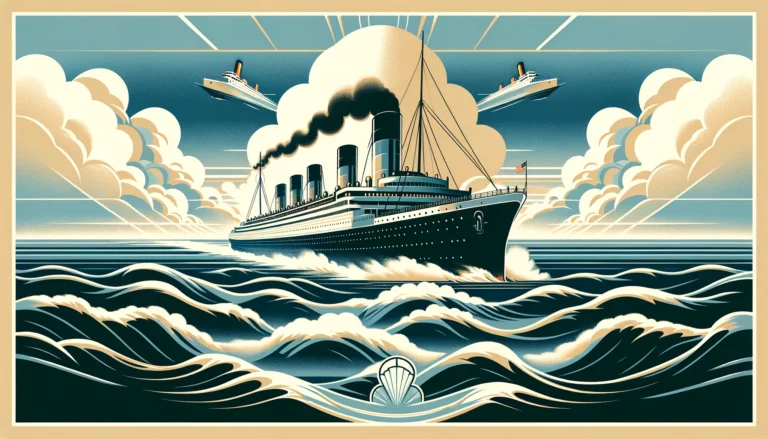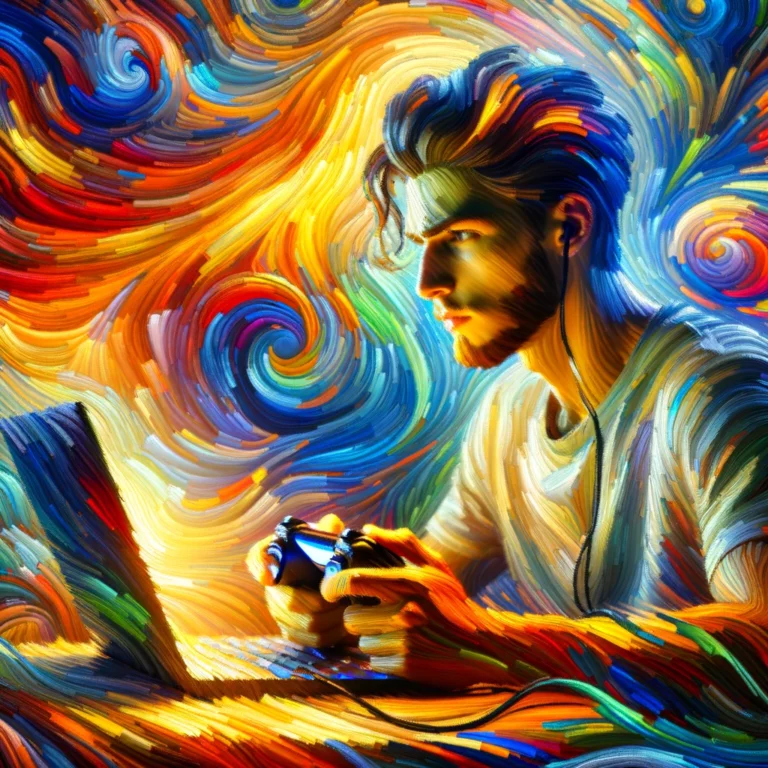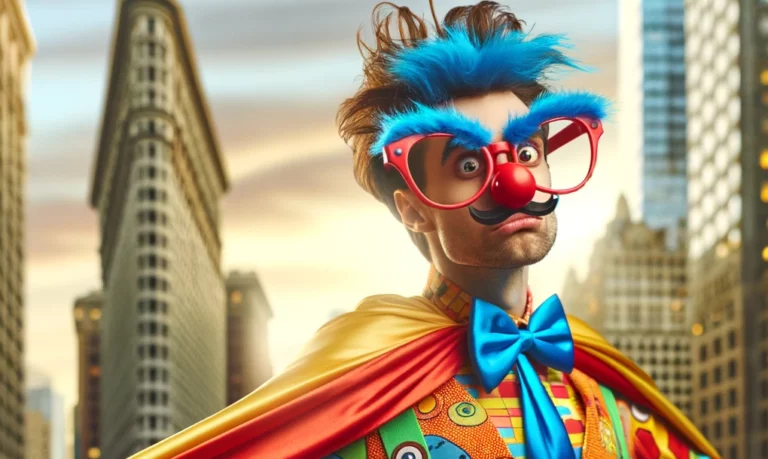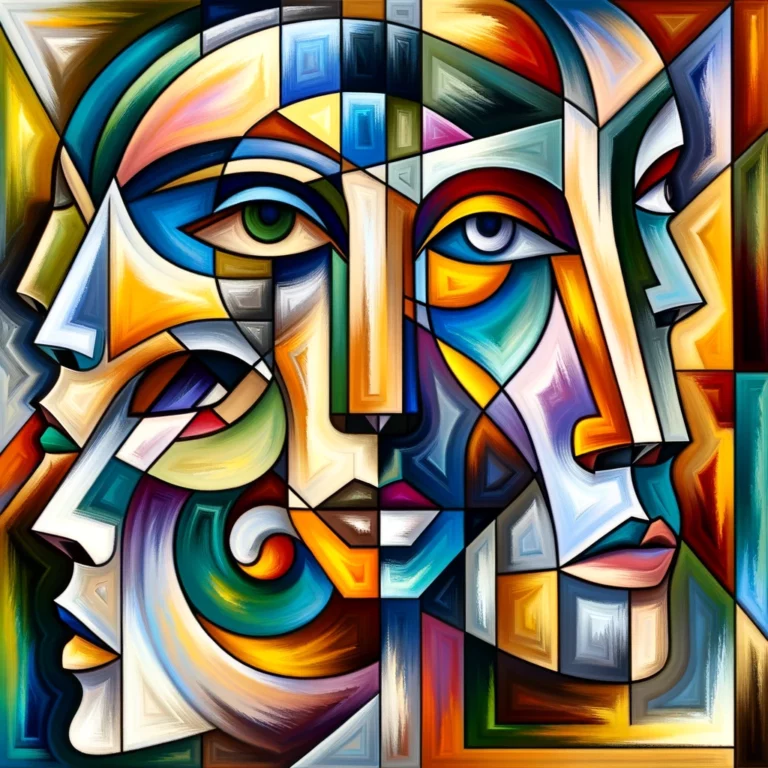Embracing the Future: The Rise of AI in Creative Spaces
In an era where technology evolves at lightning speed, artificial intelligence (AI) stands at the forefront, challenging our perceptions and enriching our creative endeavors. The thought of AI-generated content might bring a mix of excitement and skepticism. Yet, as we delve deeper, it becomes evident that AI is not just a tool but a collaborator, poised to transform the creative industry in ways we are just beginning to understand.
The AI Perspective: Creativity Through Algorithms
Consider the case of AI creating images of ketchup bottles that closely resemble the iconic Heinz. This example is more than a mere replication; it’s a glimpse into how AI interprets our world. It reveals that AI can mirror cultural symbols, drawing connections between ‘ketchup’ and Heinz, much like a human might. This capability opens up fascinating avenues for brand storytelling, where AI can reinforce brand identity in creative outputs.
Navigating the Creative Digital Landscape with AI
Despite AI’s potential, there’s a noticeable hesitation within the creative community. This reluctance often stems from a fear of the unknown and concerns about AI’s impact on creativity. Yet, the narrative within workplaces is increasingly positive, focusing on AI as an enhancement rather than a replacement of human expertise. This shift is crucial for fostering a landscape where AI aids in the creative process, rather than detracting from it.
Creativity remains a uniquely human trait, characterized by intuition, emotion, and subjective judgment. In this context, AI serves as a powerful tool that, when guided by human expertise, can produce work that resonates on a deeper level.
AI in Brand Narratives: Leading by Example
Brands like Heinz and Coca-Cola are pioneering the use of AI in their narratives, setting a precedent for others to follow. Heinz’s campaign cleverly leverages AI to echo its iconic status, challenging both AI and humans to visualize ‘ketchup.’ This strategy not only showcases AI’s capability to participate in brand storytelling but also emphasizes the creative insight that human artists bring to the table.
Expanding on this, other brands have also embraced AI in creative campaigns. For instance, Lexus used AI to write a car commercial script, which was then brought to life by human directors, blending AI-generated narratives with human creativity and filmmaking expertise. Similarly, the music industry has seen AI-composed pieces performed by human orchestras, blurring the lines between human and machine creativity.
I’m not sure what Texaco has done so wrong … Or how AI saw the Texaco logo over the last 65 years

Language and Communication: Bridging the AI Divide
The advancement of AI in creativity is not just about generating visuals but also about refining communication between humans and machines. This involves creating intuitive language tools that allow for seamless interaction with AI platforms. The La Monnaie opera house’s campaign is a prime example, where AI-generated posters for plays were crafted from playwrights’ prompts, meticulously fine-tuned to ensure the visuals aligned with the creative vision.
Embracing the Quirks: The Charm of AI Creativity
AI’s unique interpretations, such as its unusual renditions of human features, present a blend of challenges and opportunities. These quirks can be harnessed to infuse a sense of the ‘weird and wonderful’ into creative projects, turning perceived flaws into artistic virtues. The campaign by La Monnaie demonstrates how embracing AI’s eccentricities can lead to groundbreaking work that captivates and intrigues.
The Path Forward: AI as a Creative Partner
The integration of AI into the creative process is a journey of discovery, collaboration, and innovation. It’s about leveraging AI’s capabilities while honoring the irreplaceable value of human creativity. As we explore this new frontier, we are tasked with finding balance—utilizing AI to enhance our creative expressions without losing the essence that makes them uniquely human.
AI is here to stay, and its role in creative industries is only set to grow. By embracing AI with an open mind and a willingness to experiment, we can unlock new possibilities, push boundaries, and create in ways previously unimaginable. The future of creativity is a collaborative one, with AI as an ally in our quest to explore, imagine, and innovate. Where will your curiosity lead you in this AI-augmented landscape?






